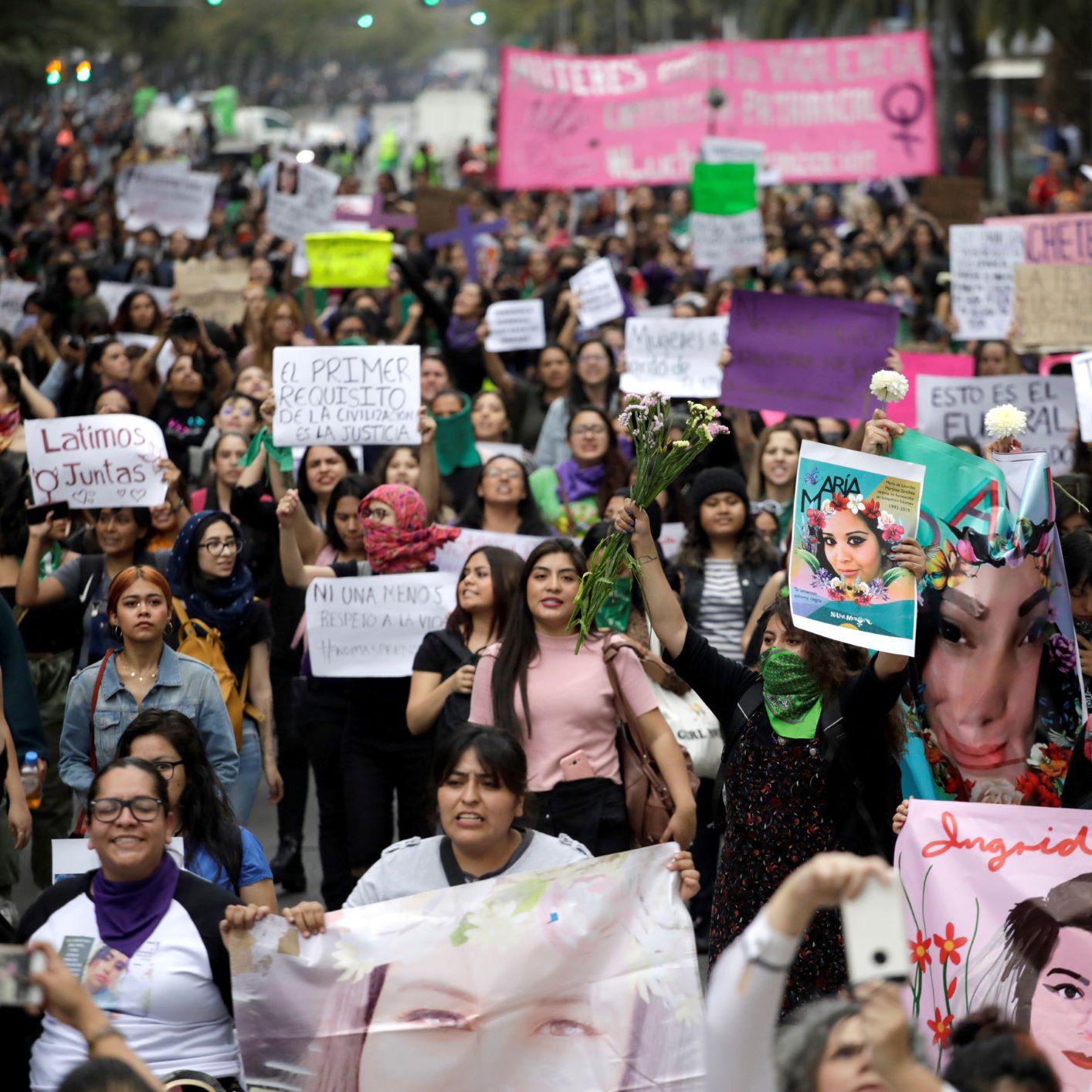
By Melissa Jameson
I’ve always been interested in labor feminism in particular, and the wider socialist-feminist tradition. Lately, I’ve been wanting to reconnect with our Anarchist Syndicalist roots.
The spirit of the older labor feminist movement was mostly reformist. It was focused on winning gains for women in defense contracts and labor support for the Equal Rights Amendment. This amazing history points the way for us to go more radical directions. The labor movement is changing in the face of the novel coronavirus, and women in the workforce are under attack more than ever, but also more than ever in the lead.
As we head into the future, I want us to fight to have a new voice within labor, with a bigger vision of ending the racist patriarchy, the capitalist system, and the state. As part of this I’m looking over three topics, Feminism, Socialist-Feminism, and Labor Feminism, and how they relate to our struggles.
Feminism
It’s sad that we even have to define this word. Feminism is the movement for human rights of women, within the context of the system of patriarchy, where men dominate public and private space. In the 18th, 19th, and early 20th century, we saw first-wave feminists, who were champions for women’s equal education and right to vote.
In the 1970’s, second-wave feminists found patriarchy not just at school or the voting booth, but throughout the whole culture. Every product of this culture is filtered through a lens of male supremacy.
Later, we saw third wave feminism, which pointed out that second-wave feminism was a mostly white and middle class movement, and tended to ignore or diminish the experiences of women of color, working class and LGBT women. In the late 80’s and 90’s Kimberly Crenshaw introduced the important development of Black intersectional feminism, which led the way in looking at how many women of color, particularly queer women of color, are exploited workers. All of these oppressions can overlap in one human person, and in one workplace struggle. Also very important is transfeminism because the struggle of women of trans experience needs to be recognized and cannot be ignored by our movement’s work. Women of trans experience in the workplace are at especially high risk of discrimination and violence.
Socialist Feminism
In the widest sense, socialist feminism is centered in the lives of working class women, both in the workforce and in the work of child-raising and homemaking. The socialist feminist movement, in the big sense of anti-capitalism, includes Marxists, anarchists, and other radicals. The social feminist movement includes Emma Goldman and Lucy Parsons– leaders of women’s struggles among workers, and the Mujeres Libres, free women of Spain, who had to fight the sexism of their fellow anarchists right in the middle of an anarchist revolution.
This tradition is different from both first and second wave feminists, who saw women’s rights as fitting in with capitalism. Socialist feminists saw the ending of class systems as connected to the feminist struggle. Equal rights under global capitalism are not possible as long as there is a class system in industry and society. Socialist feminism is for all people, not just those with fancy education and professional careers. Capitalism co-opts our struggles; it finds ways to sell it all back to us as commodities, and entertains us to ignore the global picture of women’s exploitation at the hands of industry and consumerism.
Labor Feminism
Currently in the US, women are closing the gender gap in union membership, they still do not make up half its membership, but are getting closer. There are many issues that impact the lives of women in the workforce– dealing with harassment, struggling for family leave, etc. As blue-collar and pink-collar working women, we have our own struggles in class society. We are women under male supremacy and in the workforce we face the highest consequences in the industrial system. Whether in the service sector, manufacturing, or agriculture related work, we have our own fight, one that will benefit everyone in the end. While socialist feminism is a very general term, labor feminism is specifically about fighting for our lives in the workforce. It’s about working women in all industries including healthcare, childcare, and sex-work, where women are paid to serve the needs of patriarchal society, and ultimately, the middle and upper class.
The current pandemic means that we have to reconfigure who we are as a society, and who we will be when the virus is under control. And in anarchist syndicalism, we’ll also have to reinvent ourselves. This time of crisis is showing us how social oppressions, such as sexism, racism, and homophobia, exacerbate the dangers we face everyday as essential workers. These social oppressions are at the heart of our struggles as workers in a sexist system.
I want a workforce feminism that points the way for real freedom over our lives and bodies as working women. We need to learn from the work of Black intersectional feminists to understand how social oppressions of race, gender, and sexual orientation intersect. Learning from transfeminism, we need to see how many of us face several oppressions at the same place, the place of industry, on which our families depend. Anarchist syndicalists who are working women can contribute to this project. We can help change the future. We can fight!
